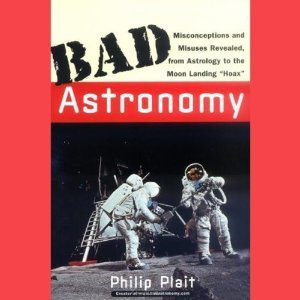What do you think?
Rate this book


10 pages, Audiobook
First published March 1, 2002
“Practicing science is wonderful. It makes you THINK about things, and thinking is one of the best things you can do.”
“If a little kid ever asks you just why the sky is blue, you look him or her right in the eye and say, "It's because of quantum effects involving Rayleigh scattering combined with a lack of violet photon receptors in our retinae.”
”It's too easy to simply accept what you're told. This is extraordinarily dangerous. If you just assume without thinking critically that someone is right, you may be voting for the wrong politician, or accepting a doctrine that has a bad premise, or buying a used car that might kill you. Science is a way of distinguishing good data from bad.
Practicing science is wonderful. It makes you think about things, and thinking is one of the best things you can do.”
“The essence of science is that it makes its own improvements: A theory is only as good as its next prediction.” (p. 20)